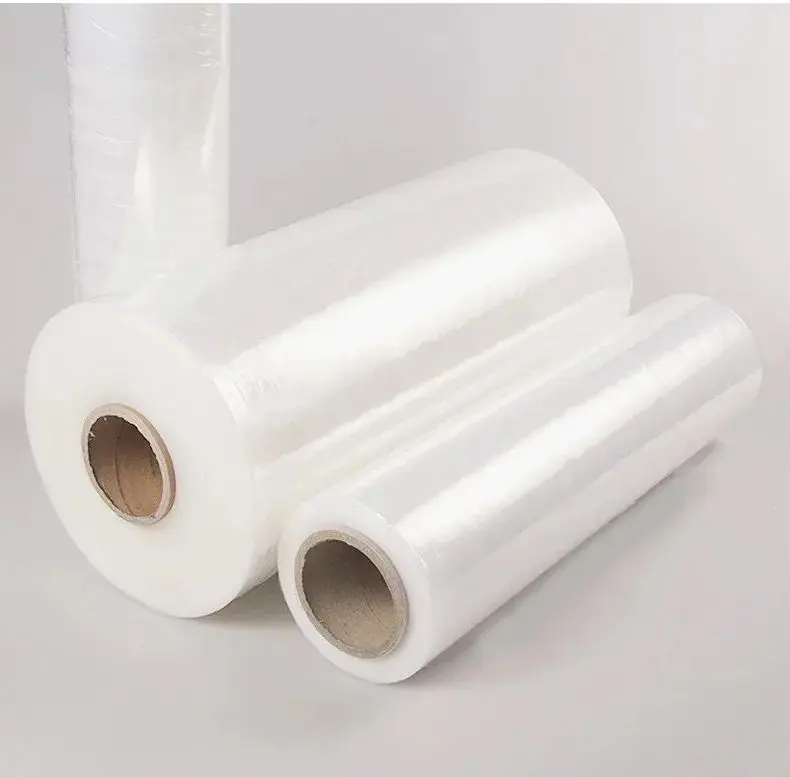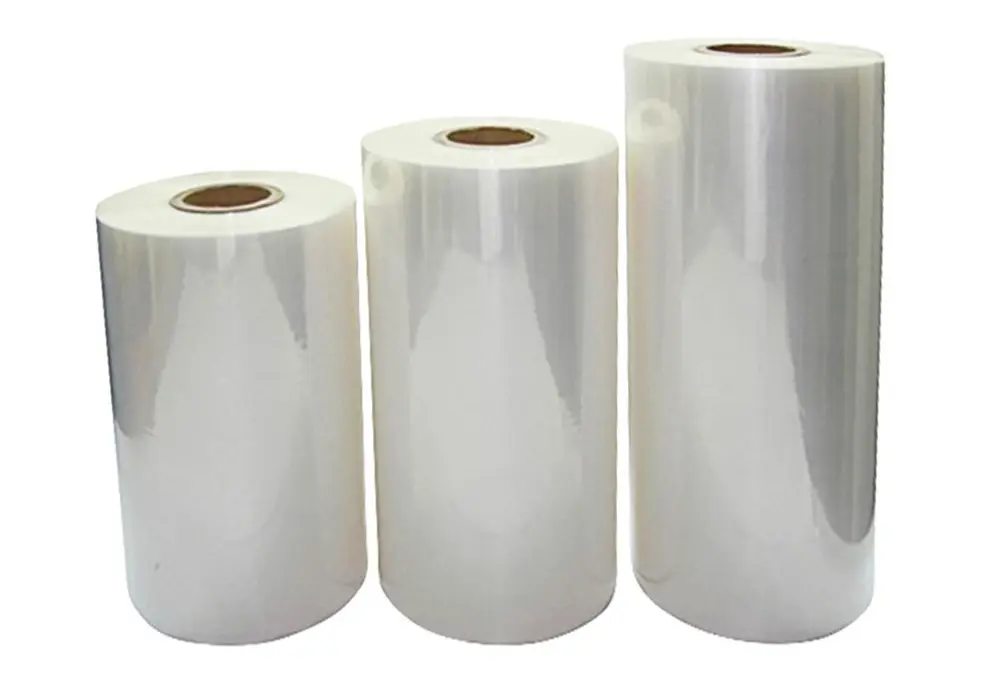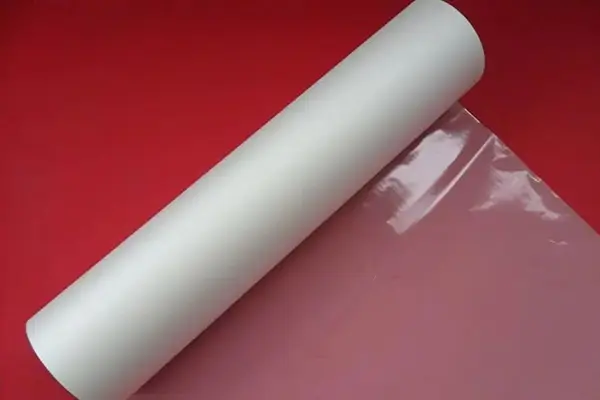PE (Polyethylene) Packaging Film:
Shared characteristics of PE: They are transparent, have a glossy appearance, but with limited clarity. Resistant to oil, acids, alkalis, and chemicals. Has good cold and heat resistance. Exhibits heat-sealing properties with high sealing strength, often used as the heat-sealing layer in composite materials. Comes at a relatively low cost.
PE is categorized based on density into:
LDPE (Low-Density Polyethylene, density: 0.92)
MDPE (Medium-Density Polyethylene, density: 0.94)
HDPE (High-Density Polyethylene, density: 0.95)
LLDPE (Linear Low-Density Polyethylene, density: 0.92) Melting point: 125-130°C Recommended temperature range: -20 to 115°C

CPP (Cast Polypropylene) Packaging Film:
Characteristics: Excellent glossiness, colorless transparency, though slightly less transparent than OPP. Good strength and stiffness, better than OPP but not as good as PE. Exhibits heat-sealing properties, slightly inferior to PE, often used as the heat-sealing layer in composite materials. Better moisture resistance compared to PE of the same thickness. Standard CPP is not resistant to high temperatures, while there’s a high-temperature resistant variant called RCPP.
Density: 0.92
Melting point: 135-165°C
Recommended temperature range: 0-120°C.
At temperatures below 0°C, the material becomes brittle.
Therefore, CPP is not suitable as an inner layer material in colder regions, as it can easily burst. PE or RCPP can be used instead.

BOPP (Biaxially Oriented Polypropylene) Packaging Film:
Characteristics: Colorless and highly transparent. Excellent tensile strength, impact strength, and stiffness. Commonly used as a printing material, not for composite materials. Good heat resistance and cold resistance. Excellent water vapor barrier performance. Poor oxygen barrier performance (opposite to PET). Lacks heat-sealing properties and cannot be used for composite materials.
BOPP provides a glossy effect, while YOPP offers a matte effect, similar to frosted glass.
Common thickness: 20-50μm.
Usage: Widely used in packaging materials for food, textiles, industrial materials, biscuits, snacks, etc.
Density: 0.92 Melting point: 165°C, in contrast to PET (264°C).
BOPP has lower temperature resistance, making it unsuitable for automatic packaging machines. Recommended temperature range: -40 to 120°C.

Post time: 08-16-2023

